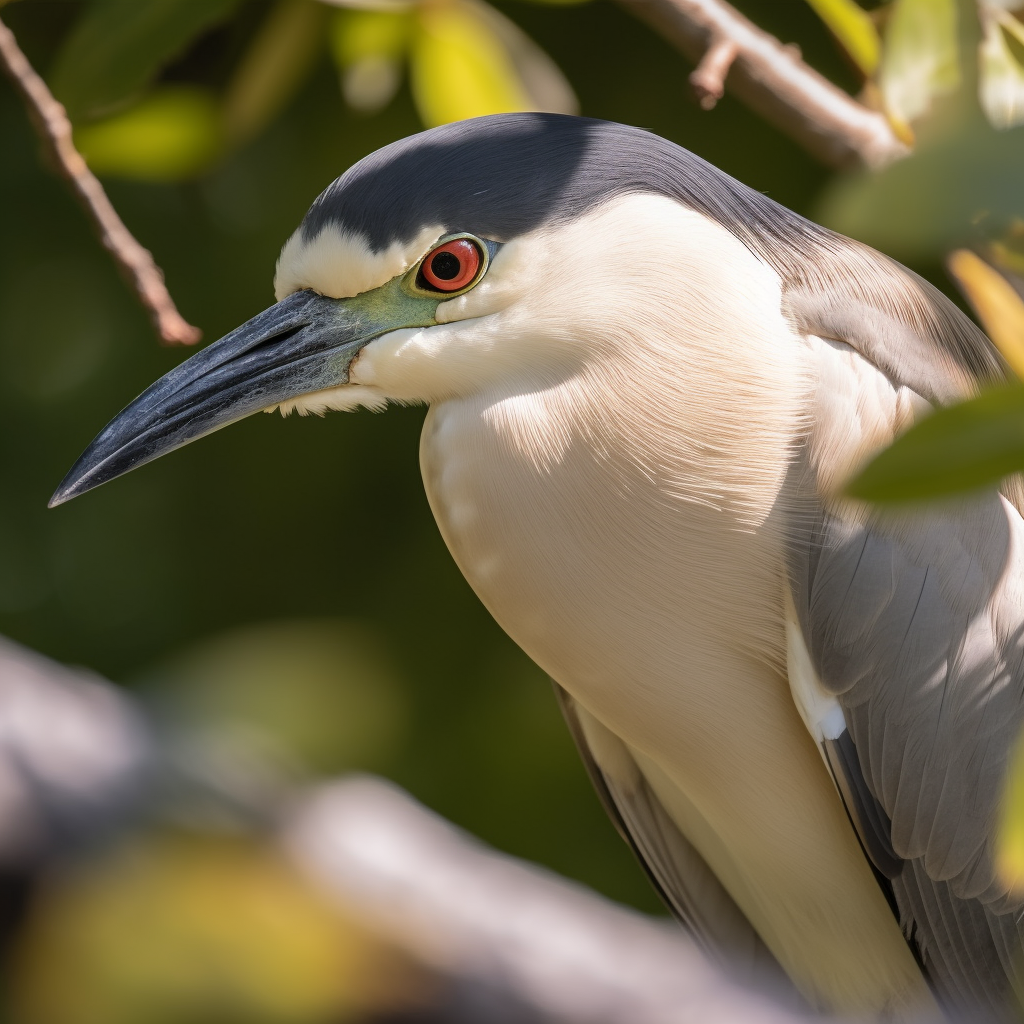July 9, 2024
Journey of Migratory Birds – Balancing Urban Development and Wildlife Conservation in New York City
Book a Demo
Migratory birds, including the great egret and the black-crowned night heron, embark on a significant journey each spring. Their destination? The unoccupied islands along New York City’s coastline and specific mainland areas. These locations provide ideal conditions for these birds to reproduce and forage for food.
The New York City Bird Alliance has been keeping a close eye on these feathered visitors. Established in 1985, the Alliance monitors the nesting habits of ten different species of wading birds. Their mission is to conserve and protect the habitats that these beautiful creatures depend on during their annual visits.
In an exciting development for 2022, the Alliance confirmed a great blue heron nesting on an island in the East River. This sighting marked the first confirmed nest of this species in New York County. It’s a hopeful sign, indicating that despite the challenges these birds face, they continue to return to the city.
However, the path isn’t always clear for these migratory birds. They face significant hurdles, such as habitat loss due to coastal developments and sea level rise. At the same time, human disturbances and predators pose a constant threat. Pollutants and contaminants in local waterways have a detrimental impact on their health and behavior, further affecting their populations.
The increase in human disturbances, predators, and urban coastal development have severely impacted these bird species’ habitats. These factors have had a profound effect on their population numbers, underscoring the importance of conservation efforts.
Interestingly, the restoration of wading birds’ habitats isn’t just beneficial for the birds. It can also provide further protection from flooding for coastal communities. These habitats act as natural barriers, absorbing excess water and reducing the risk of flood damage.
On a national level, the Biden administration’s recent revisions to the Mercury and Air Toxics Standards (MATS) could offer additional protection for these birds. By lowering the amount of mercury emitted from power plants in the U.S., this initiative can help to reduce the levels of pollution in their habitats.
Restoration efforts of wetlands and marshes along the urban coast provide further support. By conserving and improving these areas, we can create safe and welcoming nesting zones for herons and other wading birds.
The annual arrival of migratory birds in New York City serves as a reminder of the intricate connections between urban development and wildlife conservation. It’s a signal that we need to strive for a balance, ensuring that these birds continue to have a home to return to each spring.
Science4Data is committed to cut through greenwashing and measure real impact. Join the journey to a sustainable future. Your actions matter.



